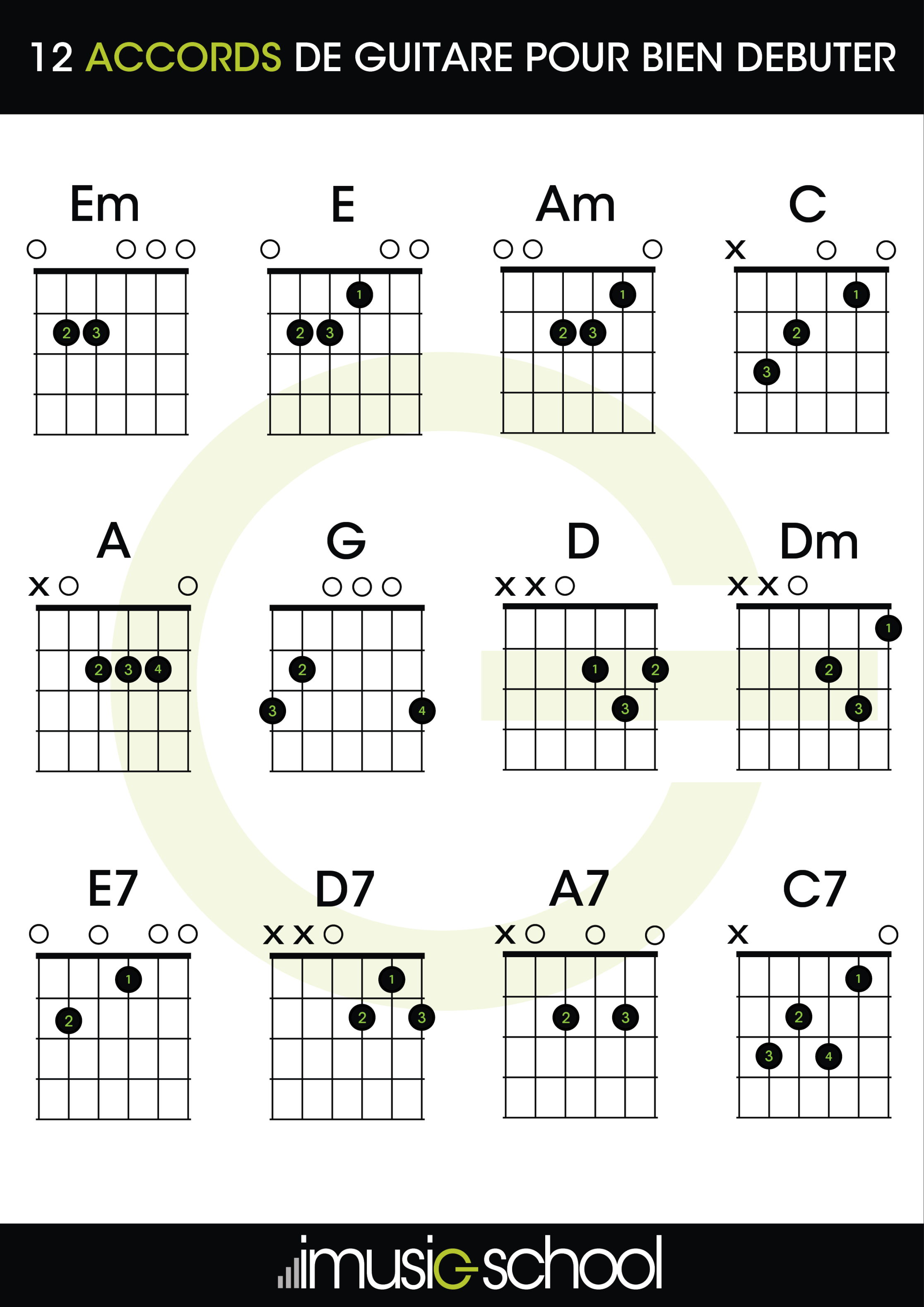—
Basic Guitar Chords: Your First Steps to Strumming Success
So, you’ve got a guitar. Maybe it’s dusty, maybe it’s brand new. Either way, you’re looking to actually play some music, right? Forget the fancy solos for now. Let’s talk about the bread and butter of guitar playing: basic chords. These are the building blocks, the foundation upon which all your musical dreams will be built.
Why chords? Because chords let you play songs. You can strum along to your favorite tunes, write your own, or just jam with friends. It’s where the real fun begins.

Understanding the Basics
Before we dive into shapes and finger positions, let’s get a few things straight. A chord is simply a group of notes played together. Think of it like a musical recipe. You combine different notes to create a specific sound. We’ll be focusing on major and minor chords, the most common and versatile types.
Major chords generally sound happy, bright, and uplifting. Think of that classic “campfire song” vibe. Minor chords, on the other hand, tend to sound sad, mellow, or even a little dark. They add a touch of emotion and depth to your playing.
The First Few Chords You Should Learn
These are your best friends, the chords you’ll use in countless songs.
The Mighty G Chord
The G chord is a staple. It’s used in everything from folk to rock. To play it:
Place your middle finger on the 3rd fret of the 6th string (the thickest one).
It might feel a little awkward at first, but keep practicing.
The Easygoing C Chord
The C chord is another essential. It’s bright and cheerful. Here’s how:
Place your ring finger on the 3rd fret of the 5th string.
Remember, don’t strum the 6th string.
The Versatile D Chord
The D chord adds a nice, open sound. It’s a bit different than the others:
Place your index finger on the 2nd fret of the 3rd string.
Again, avoid the 5th and 6th strings.
The Emotional E Minor Chord
This chord adds a touch of melancholy. It’s super easy:
Place your middle finger on the 2nd fret of the 5th string.
That’s it! Simple, right?
The Powerful A Minor Chord
Another minor chord, the A minor adds a nice depth, and dark undertones.
Place your middle finger on the 2nd fret of the 4th string.
The Classic A Major Chord
The A major chord is very common in many songs.
Place your middle finger on the 2nd fret of the 4th string.
The Strong E Major Chord
The E Major chord is another very common chord.
Place your middle finger on the 2nd fret of the 5th string.
Tips and Tricks for Beginners
Start Slow: Don’t rush. Focus on getting clean, clear sounds.
The Importance of Chord Progressions
Learning individual chords is great, but combining them is where the magic happens. A chord progression is simply a sequence of chords played one after another. Common progressions like G-C-D or Am-G-C-F are the backbone of countless songs. Start by learning simple progressions and gradually move on to more complex ones.
Why Practice is Key
Remember, consistency is your best friend. Your fingers might ache, and the chords might sound a bit fuzzy at first. But with time and practice, you’ll develop the muscle memory and ear training necessary to play smoothly and confidently.
Conclusion
Learning basic guitar chords is the first step on a journey that can bring you years of musical enjoyment. It might seem daunting at first, but with patience and persistence, you’ll be strumming your favorite songs in no time. Don’t be afraid to make mistakes, and remember that every guitarist, no matter how skilled, started with these very same basic chords. So, grab your guitar, start practicing, and let the music begin.

